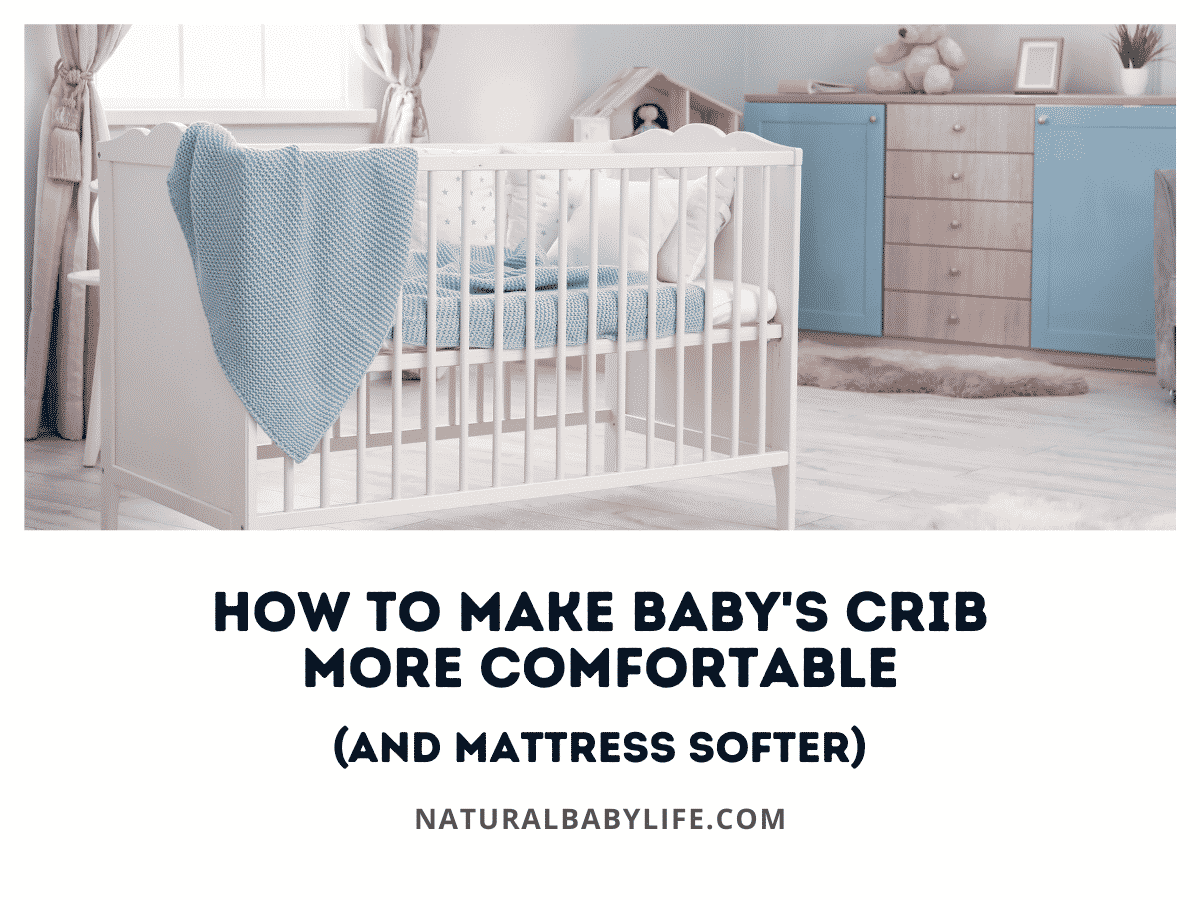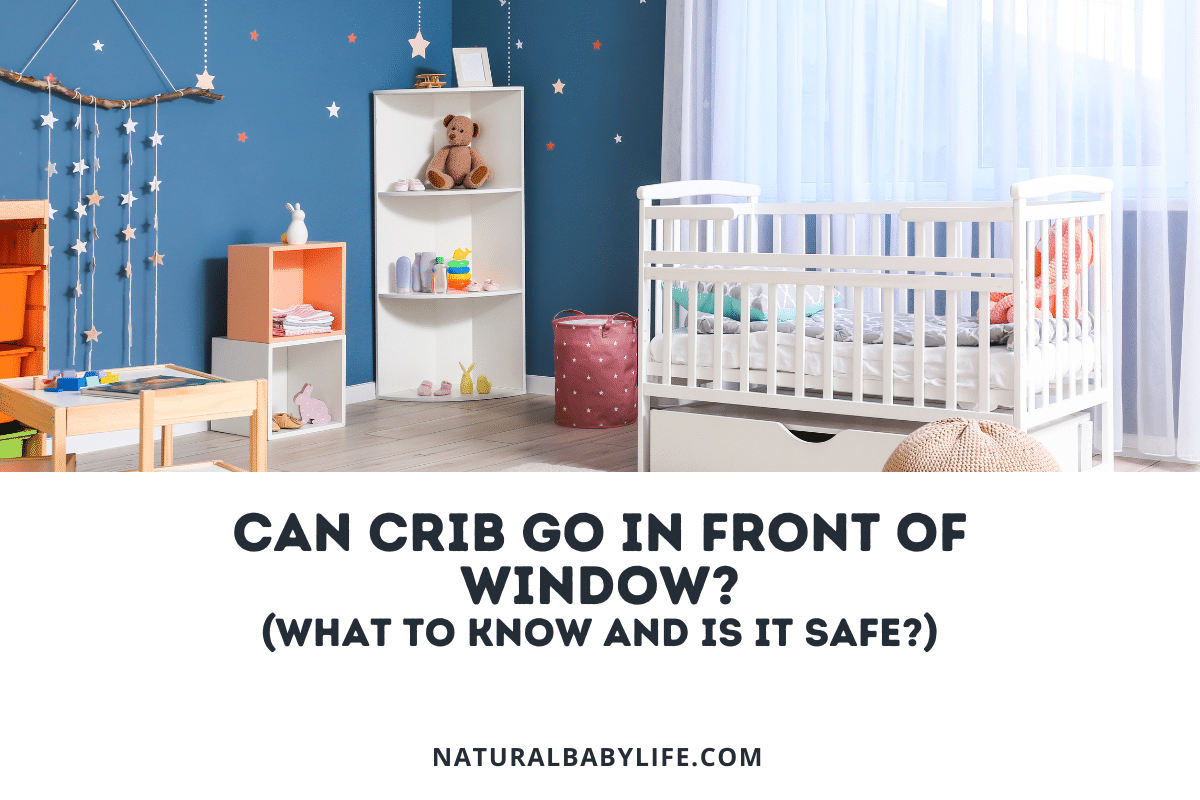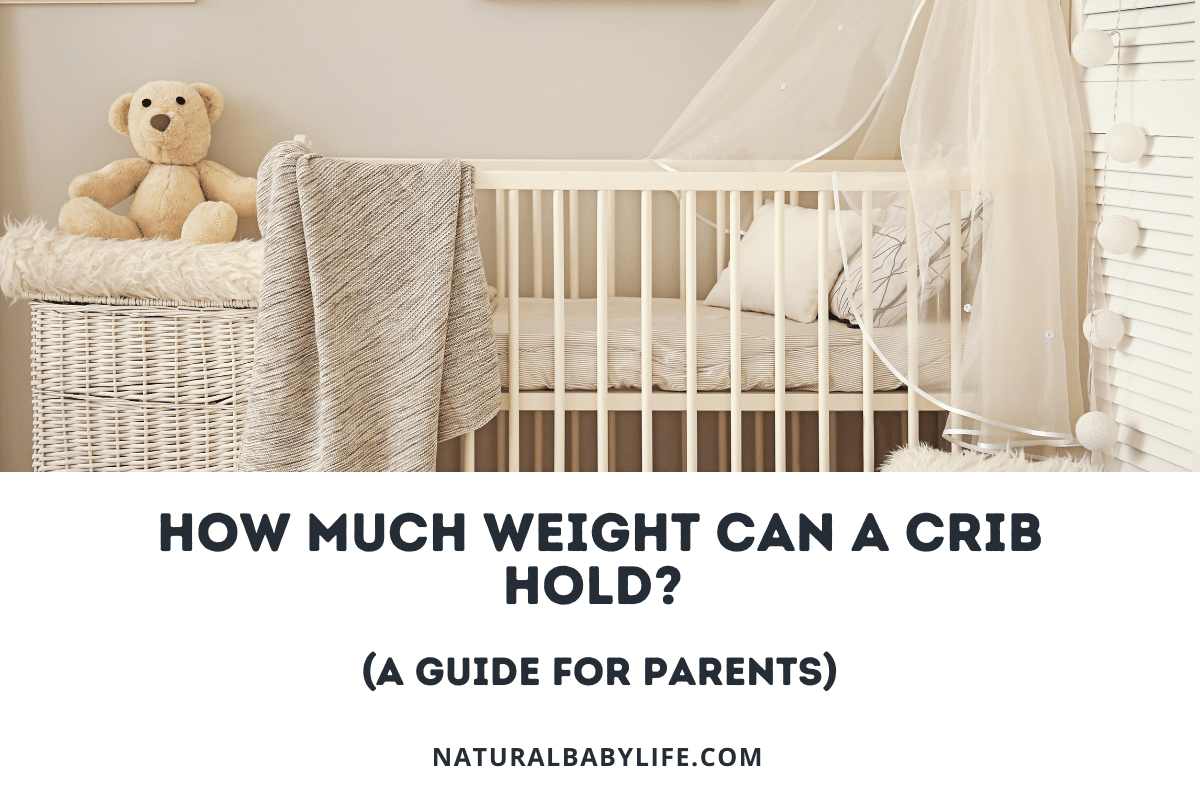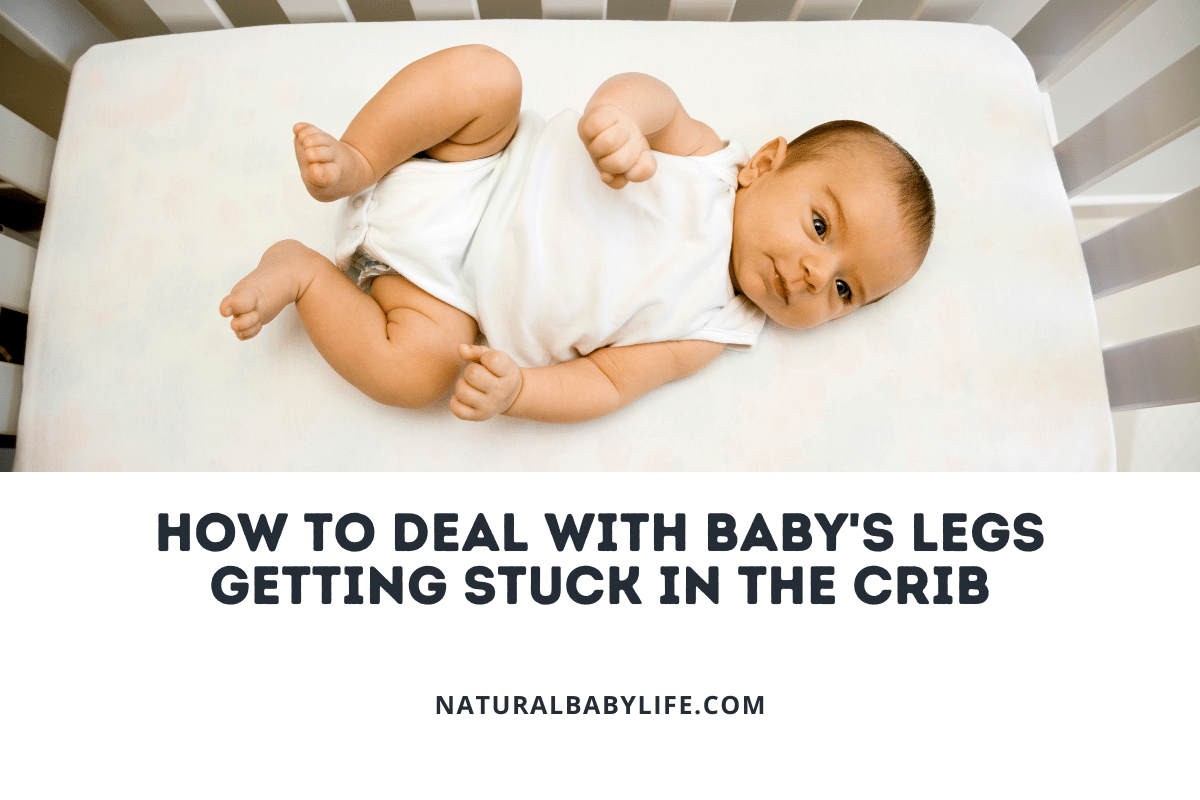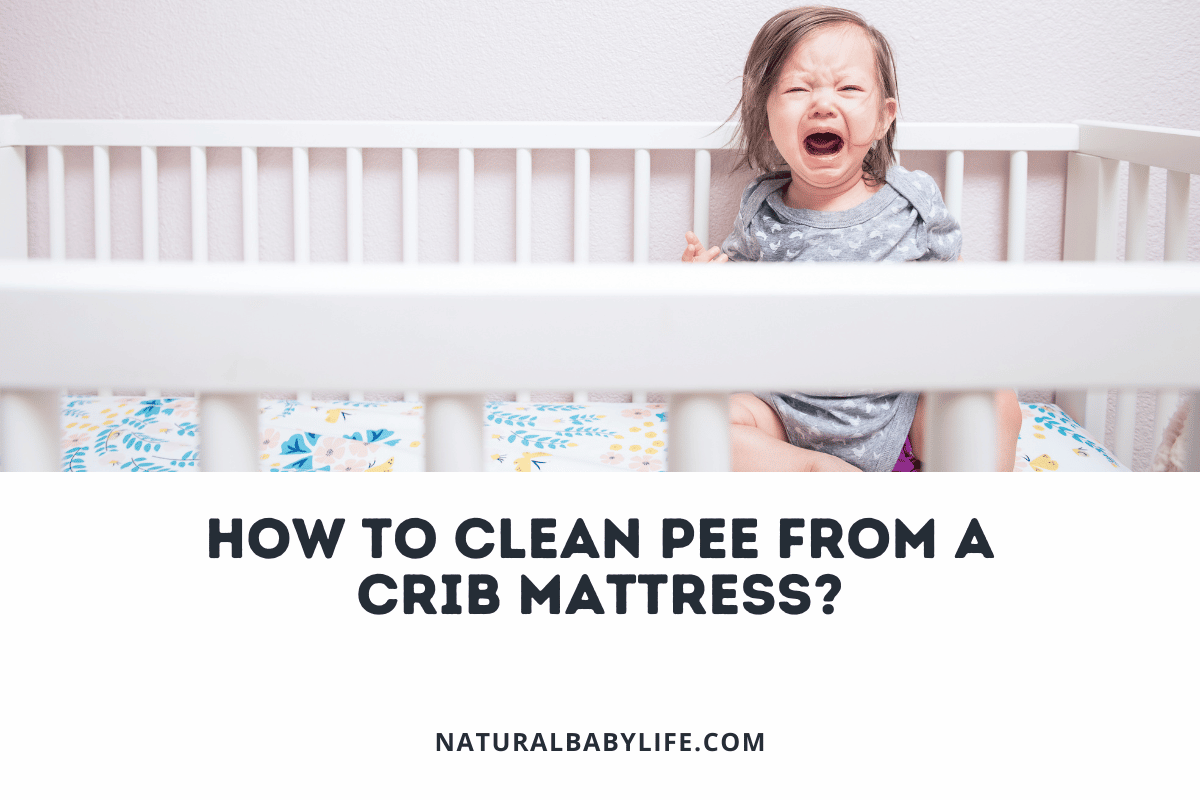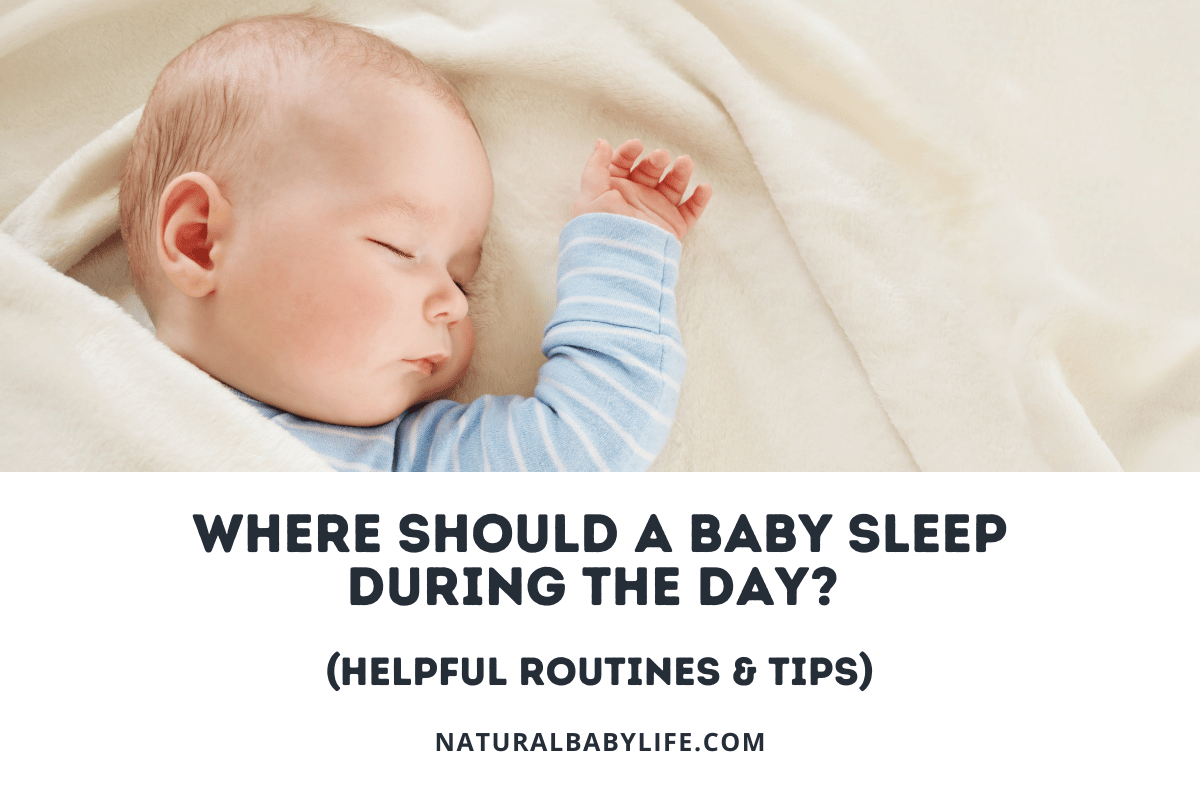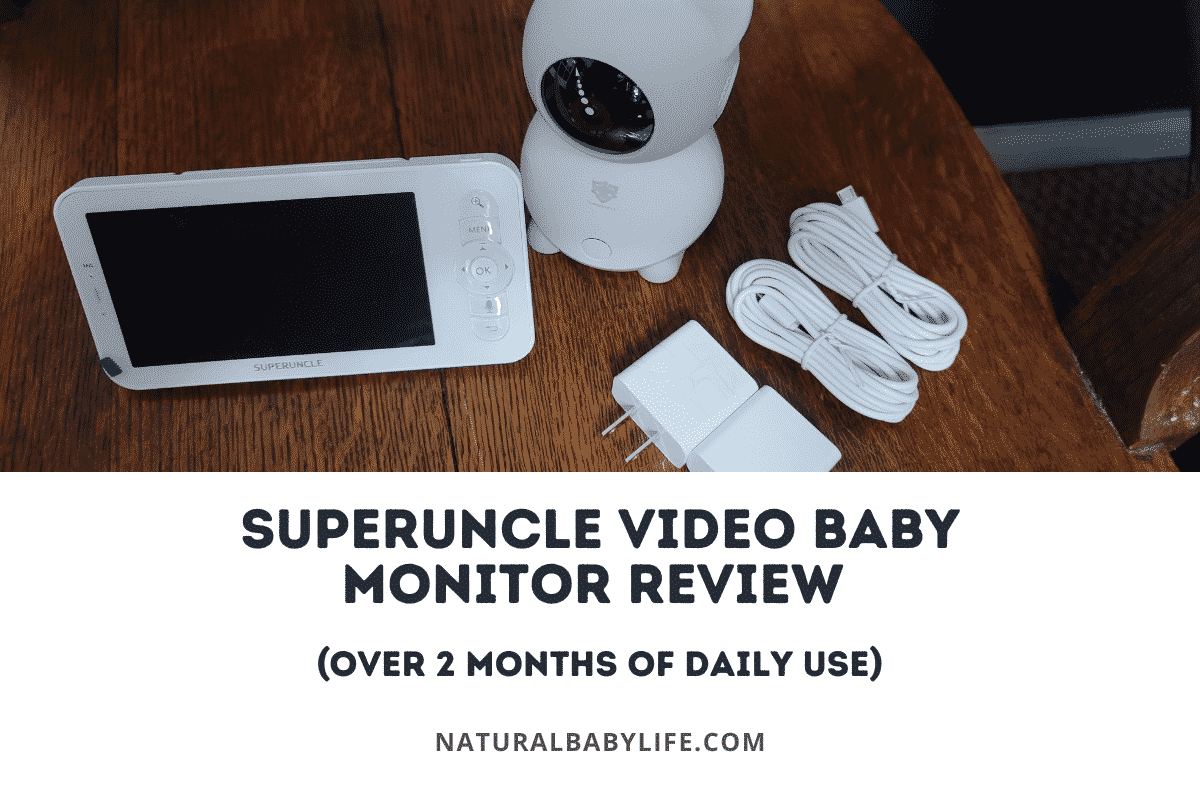When it comes to your baby’s sleep needs simpler is better. Your baby just needs a crib, a firm mattress, and a fitted sheet. It sounds very bare-bones and it may be tempting to add things to the crib to make it more comfortable and fun. But you ask yourself, how can I make the baby’s crib more comfortable with all the safety precautions in mind?
It might be tempting to make your baby’s crib cuter or more comfortable by adding more stuff to it but nothing should be in the baby’s crib except for a firm mattress and a tightly fitted sheet. Keeping objects and loose bedding away from the crib will reduce your baby’s likelihood of suffocation and strangulation and reduces the risk of SIDS.
Keep reading for tips on how you can make your baby’s crib more comfortable and find the balance between comfort and safety.
Table of Contents
Why are baby cribs so uncomfortable?
For babies’ sleep needs, it is much more minimal than what we are used to as adults and may seem uncomfortable to us.
All your baby needs is a crib, a firm mattress, and a fitted sheet. The AAP highly recommends against placing other objects in the baby’s crib for the risk of suffocation or strangulation. They also advise against loose-fitting bedding for the same reason.
Loose or soft bedding such as blankets, pillows, and crib bumpers has been associated with Sudden Infant Death Syndrome (SIDS), which is the leading cause of death for infants.
What makes a crib safe?
In their first year of life, babies usually sleep for a total of 14-16 hours a day. With this in mind, they will be spending a chunk of their time in the crib so as parents, we have to make sure that the crib is up to par with the safety standards to give us peace of mind.
The Consumer Product Safety Commission has outlined the most important safety considerations for cribs.
When purchasing a crib, you should:
- Be wary of cribs older than 10 years because cribs made prior to 2011 might pose a safety concern.
- Check that the distance between crib slats doesn’t exceed 2 ⅜ inches so that your baby’s body will not fit between slats.
- Make sure there are no cutouts on the headboard or baseboard that your baby’s head, legs, or arms could hang on.
- Confirm the crib paint is nontoxic. Peeling or cracked paint can also pose a hazard to your baby.
Before putting your baby in a crib, you should ensure it has been correctly assembled:
- Screws should not be missing, incorrectly placed, or loose.
- Brackets and other hardware should also be correctly installed and not missing pieces.
- If you realize that there is missing hardware when you are assembling the baby’s crib, it might be tempting just to DIY it or buy something from the hardware store. Instead of doing this, you should reach out to the manufacturer to see if they can send you the missing pieces.
You should check the crib periodically to ensure that nothing has come loose and there is no damage that could pose a safety concern.
What makes a crib mattress safe?
You’ve got the crib safety down, and next comes the mattress.
You should choose a mattress that fits snugly inside the crib, is firm enough that it doesn’t indent when you press your hand into it.
Another important thing to remember is to keep up to date with product recalls. The easiest way to do this is to enroll your crib or mattress when you purchased it with the manufacturer to get information about safety or product recall issues.
Size
In terms of measurement, the mattress should be at least 27 ¼ in by 51 ¼ in and the thickness should be no more than 6 inches.
To make sure that your mattress fits snugly inside the crib, you can do the two-finger test. Put two fingers between the mattress and the crib and if you can fit your two fingers in, your mattress just failed the snug test.
Firmness
We have been talking about mattress firmness, but how do you test this?
If you push on the mattress with the palm of your hand, the mattress should stay firm and spring back. Your hand should not fall and indent the mattress, this means that your mattress is too plush and soft.
What can I safely put in my baby’s crib?
When you were waiting on your baby to be born, you probably had the crib draped with soft blankets and tastefully arranged with tiny pillows and adorable little animals for your little one to snuggle.
While the image may be idyllic, the simple fact is that your baby needs a plain, unadorned bed for their first year.
They’ll learn to love their stuffed animals soon enough!
Stuffed toys
Soft stuffed toys might be tempting to put in your baby’s bed to keep him company when he sleeps but this is a big no-no.
Soft toys and pillows pose a suffocation hazard that can put your baby in harm’s way.
Crib bumpers
Crib bumpers are designed to make the crib more comfortable and supposedly eliminate the risk of your baby bumping his head or other body parts in the hard crib.
Crib bumpers also pose a suffocation hazard and if your baby can stand up, he can try standing up on the crib bumpers and fall off the crib.
Blankets
Blankets are also not recommended to be placed on the crib because they can increase the risk for suffocation as well. Instead of blankets, opt for wearable blankets, sleepers, or swaddles that your baby can wear.
Baby won’t sleep on a firm mattress
It might seem like the baby doesn’t like the mattress and it might be tempting to switch it to something more comfortable.
No matter how tempting this sounds, a firm mattress is the best option for your baby in terms of safety.
Having a consistent nighttime routine will help tremendously in this scenario. One thing that I have learned in parenting is that babies and kids are highly adaptable. As long as you stick to your consistent routine of putting the baby down on a firm mattress, he will get used to it.
Baby hates lying flat on her back
One key thing that you have to remember when it comes to baby’s sleep is that “Back is Best.” But what do you do when your baby won’t sleep or lay flat on his back?
If your baby falls asleep in a different position, always, always, always reposition him so that he is flat on his back because this position is the safest and reduces the risk of SIDS.
If your baby is constantly crying and refusing to even lay down on his back, this might be a sign of acid reflux and you should contact your pediatrician for more guidance.
How to make baby’s crib more comfortable
Keeping all the safety solutions provided above, here are some tips that you can do to make your baby’s crib more comfortable:
Swaddling or using Sleep Sacks
Since your baby cannot have blankets to keep them warm at night, swaddles or sleep sacks can be used to keep your baby warm and on top of that make them feel snuggly and cozy.
Encouraging the use of Pacifier
Since you cannot put anything in the crib to make your baby feel comfortable, you can encourage the use of a pacifier when sleeping because this provides your baby with a sense of comfort. As an added plus, pacifiers reduce the risk of SIDS too so it is a win-win.
Baby Music or White Noise
White noise machines are a godsend because they can eliminate outside noises that might wake up the baby. Using soft baby lullabies or white noise can make your baby sleep easier because it relaxes and comforts them.
Crib mobile
Crib mobiles are also a tool that you can use to provide comfort to your baby and bring in a sense of distraction. These mobiles are super soothing and can make your baby reach a point of relaxation to help them sleep.
Maintain proper temperature
This is more applicable to the room itself than the crib but make sure that your baby’s room temperature is appropriate. Higher temperatures can lead to the baby being too hot which can lead to SIDS.
Temperatures that are too cold can also be uncomfortable for the baby.
Related Questions
How long does it take for baby to get used to the crib?
All babies are different and some of them might take to the crib right away and some might take longer. Even when you feel like it’s not working, it’s important to stick to a nightly routine day which eventually will end up putting your baby in the crib to sleep.
Consistency will breed habits and if you are consistent with the nighttime routine, your baby will eventually associate his crib with sleep.
My baby suddenly hates the crib
Your sweet bub has finally gotten used to the crib and sleeping in it and all of sudden he hates the crib.
In reality, it’s not the crib he hates but the feeling of being away from you. The first year is full of leaps and regressions that might try to break you down as a parent, but it is important to stay consistent and still put your baby down in the crib even if he seems to hate it.
My newborn won’t sleep in the crib (only in my arms)
You’ve been trying to get your baby to sleep for what seemed like forever and finally, she fell asleep in your arms. You slowly put her down in her crib and all of sudden, she wakes up and starts crying until you pick her up. Sound too familiar?
If your baby won’t sleep in your crib and likes to be held, chances are she likes being snuggled. A sleep sack or swaddle will give the illusion of being held close so opt for either option instead of carrying your baby the whole time she sleeps.

